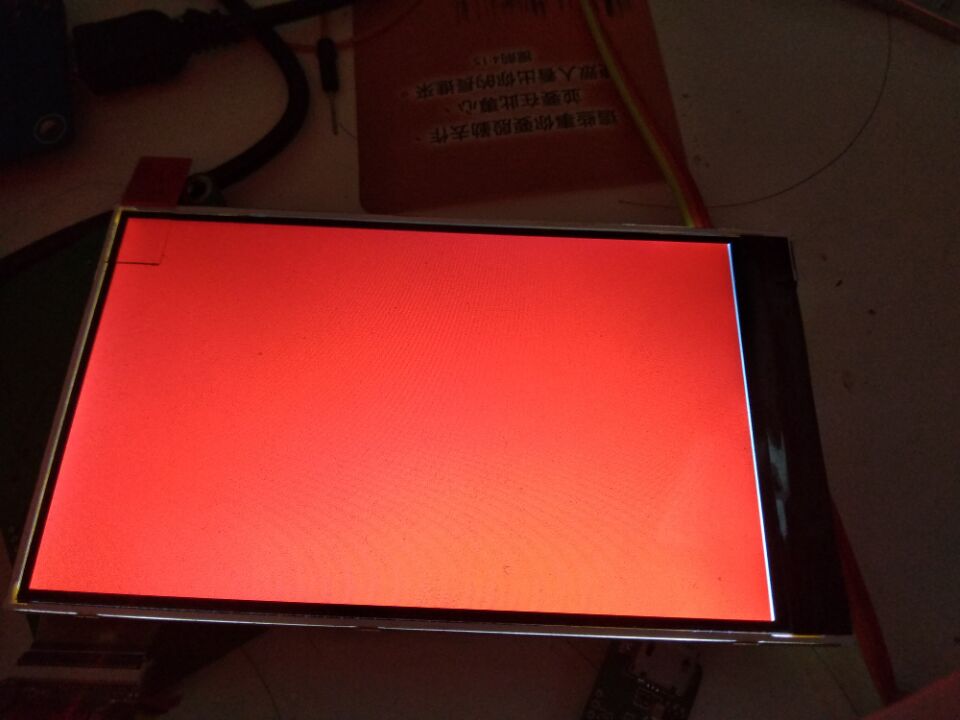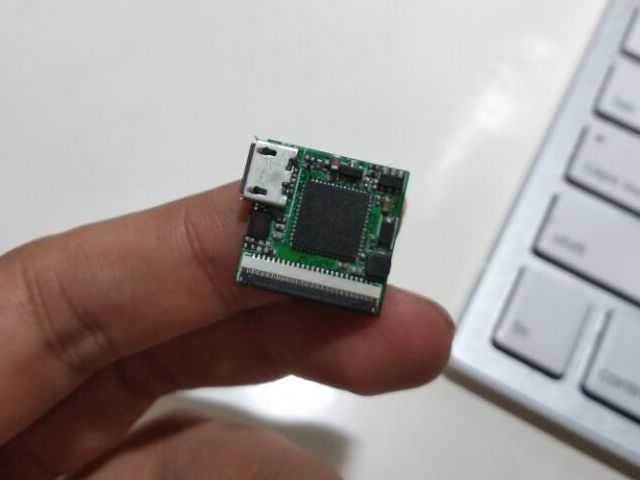Now the screen is working, I need to find a good UI library for this screen.
Currently candidates are:
1. Qt embed.
2. SDL2.
3. miniGUI.
Qt embed consume a lot of memory and disk space, normally one application will take 10MB.
SDL2 is not designed for embed device UI.
miniGUI is a good project, but I did not use it before, might be hard to combine.
My display is true color and vocore2 has 128MB memory and cpu speed is good, can show beautiful user interface than the 51/ARM based single chip microcomputer. So maybe my best choice is Qt.
…but I am not sure if Qt is light enough to run on this, try first.
Qt has nice support to compile it 🙂
http://doc.qt.io/qt-5/embedded-linux.html#configuring-a-specific-device
Qt is based on DirectFB, looks like directFB.org is abandoned, source code still valid at github.
Maybe I can directly use directdb?


